Winter months in Kachchh bring a unique blend of cultural festivities and economic opportunity, epitomized by the famous Rann Utsav. This annual festival, held in the white salt desert of the Rann of Kutch, Gujarat, spans from November to February. Renowned as the world’s second-largest salt desert after Bolivia’s Salar de Uyuni, the Rann transforms into a vibrant cultural hub during this time.
The festival is a celebration of art, music, dance, and local crafts, offering visitors a chance to experience the unique culture of the Kachchh region. The festival, with its vibrant tents and scenic beauty, especially during moonlit nights, is a visual and sensory delight.
The Rann Ecosystem: A Unique Natural Marvel
The Rann of Kutch is not just a visual spectacle but an ecological wonder. Spread over 30,000 square kilometers, it comprises two distinct sections: the Great Rann and the Little Rann. During monsoons, the area floods with seawater, creating a seasonal marshland teeming with life. As the water recedes, a vast white salt crust forms, creating the iconic landscape.
This ecosystem supports diverse flora and fauna, including the Indian wild ass, flamingos, and desert foxes. The Banni grasslands nearby are vital grazing grounds for livestock and a haven for migratory birds. However, the fragile balance of this ecosystem underscores the importance of sustainable practices. Rann Utsav is a sensory feast, offering visitors a glimpse into the vibrant culture of Kachchh.
From folk music and dance performances to intricate handicrafts, the festival showcases the region’s rich heritage. The moonlit salt desert, dotted with colorful tents and illuminated by cultural programs, creates an unforgettable experience. The Sakhi Craft Bazaar within the festival promotes local artisans, particularly women, who showcase exquisite embroidery, bandhani, and leatherwork. These crafts, passed down through generations, are integral to the region’s identity.
One cannot miss the culinary delights during the Rann Utsav. Traditional dishes like bajra rotla with butter and jaggery, kachchhi dabeli, and a variety of local pickles offer a taste of the region’s heritage. The food stalls also serve piping hot masala chai and other refreshments, making the cold desert nights more enjoyable.
Sustainability At The 2024-25 Rann Utsav
This year, sustainability takes center stage. Organizers have introduced measures to minimize environmental impact, such as:
- Reducing plastic usage
- Encouraging cycling within the Tent City
- Implementing efficient waste segregation and disposal systems
- Promoting solar energy and sustainable water use
These efforts aim to balance tourism with ecological preservation, setting an example for future events. Beyond the festival, eco-tourism thrives in the Banni region. Bird watching, guided tours by local naturalists, and night safaris offer visitors a chance to connect with nature. The Banni grasslands, with their unique biodiversity, are a haven for wildlife enthusiasts.
The Economy Of Rann Utsav And The Banni Region
The Rann Utsav plays a significant role in bolstering the local economy. Artisans, performers, and service providers benefit from the influx of tourists. Tent City, a temporary settlement, offers employment opportunities ranging from hospitality to security. The craft bazaars enable artisans to reach a wider audience, often leading to long-term business relationships.
Beyond the festival, the Banni grasslands—adjacent to the Rann—have traditionally been an economic backbone for the region. The grasslands support extensive livestock rearing, particularly cattle and buffalo, which provide milk, leather, and wool. Communities like the Maldharis, semi-nomadic pastoralists, rely on this symbiotic relationship with the land for their livelihood. The Banni economy has also evolved to integrate eco-tourism and handicrafts, particularly embroidery, which fetches global recognition and demand.
Reflecting on this, it’s fascinating to see how the festival amplifies these economic opportunities while emphasizing the need to preserve the delicate balance between development and sustainability.
Communities Of Kachchh: Custodians Of Culture And Craft
Kachchh is a mosaic of diverse ethnic and social groups, each contributing to its rich cultural heritage. Many of these communities are deeply intertwined with the region’s ecology, economy, and crafts, playing significant roles in the Rann Utsav:
- Rabari: Traditionally nomadic pastoralists, the Rabari community is renowned for their intricate embroidery and applique work. Their vibrant textiles, often featuring geometric patterns and mirror work, are a highlight at the festival.
- Mutwa: This Muslim community, believed to have migrated from Sindh, excels in Soof and Kharek embroidery. Their fine, geometric designs stand out in craft bazaars like the Sakhi Craft Bazaar.
- Ahirs: Primarily agriculturists and cattle herders. The Ahirs are known for their storytelling traditions and folk dances, such as the Raas and Garba, often performed during the festival.
- Meghwals: Originating from Rajasthan, Meghwals are adept at weaving, leatherwork, and embroidery. Their colorful crafts, including intricately embroidered bags and garments, are a favorite among tourists.
- Jat: A semi-nomadic Muslim community, the Jats are famous for their bold, vibrant embroidery, often incorporating large mirrors. Sub-groups like Garasia Jats and Fakirani Jats are known for distinct artistic styles.
- Koli: Known for their fishing and agricultural traditions. The Koli community also engages in crafts and dance performances that add to the festival’s vibrancy.
- Lohana and Bhatia: These trading communities have historically contributed to the region’s commerce and often participate in the economic activities surrounding the Rann Utsav.
- Sindhi Muslims: With a history of migration from Sindh, this community contributes to the region’s culinary and cultural diversity, offering unique dishes and crafts during the festival.
The Rann Utsav serves as a platform for these communities to showcase their crafts, music, and dance traditions, bringing their heritage to a global audience. The economic and cultural interplay of these groups not only enriches the festival but also underscores the importance of preserving their unique identities.
Exploring Dholavira: A Link To The Past
Dholavira, a UNESCO World Heritage Site nestled in the Kutch district, is a must-visit during the festival. This ancient city of the Harappan civilization, dating back 4,500 years, provides a fascinating glimpse into advanced urban planning and sophisticated water conservation systems. Visitors can explore the archaeological site, delve into the museum exhibits, and marvel at a miniature replica of the ancient settlement.
The site offers two distinct experiences. The museum houses a captivating collection of artifacts, a miniature replica of the city, and an array of informative displays, including infographics and detailed descriptions. However, an animated explanation playing on a nearby television was marred by low and indistinct audio. This hinders our understanding and prompting us to leave the room prematurely.
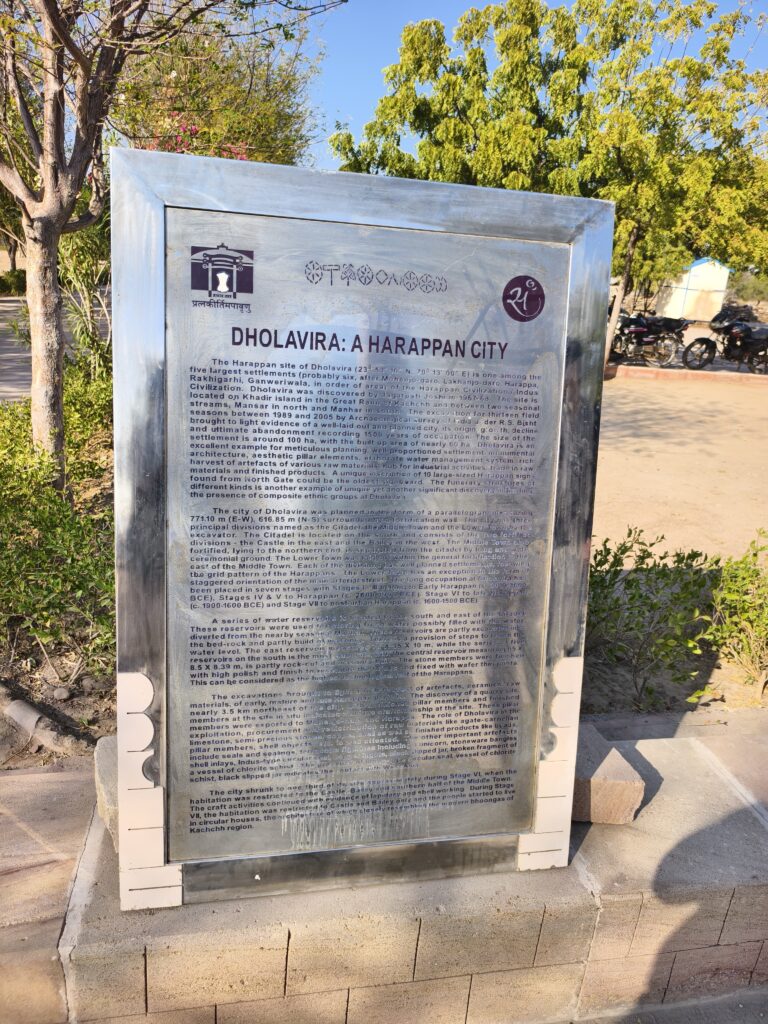
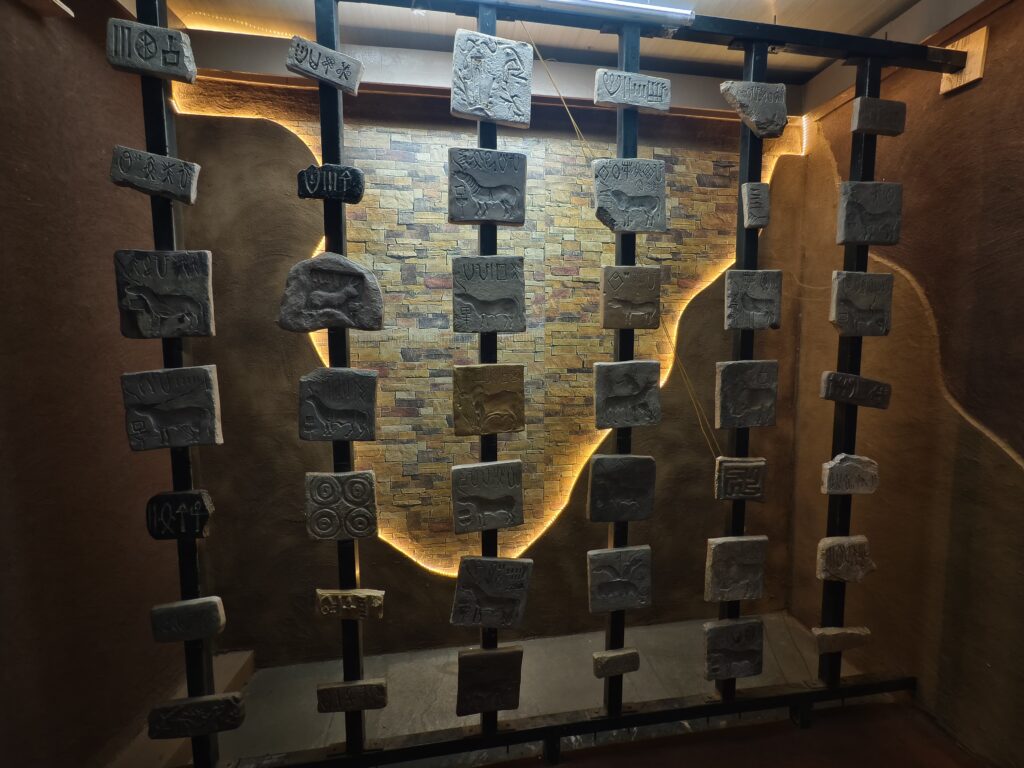
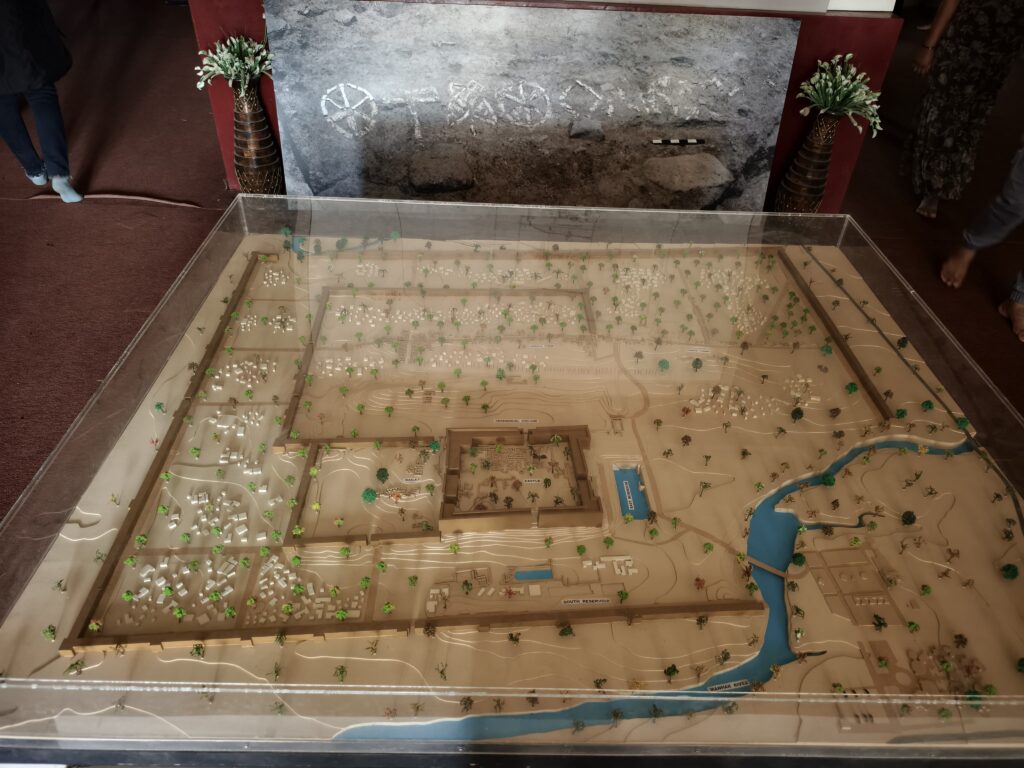
Highlights Of The Journey
The drive to Kachchh, often referred to as the ‘Road to Heaven’, offers breathtaking contrasts—from barren salt flats to lively cultural hubs. Stops along the way, such as Kalo Dungar (Black Hills), provide panoramic views of the Rann and insights into local legends.
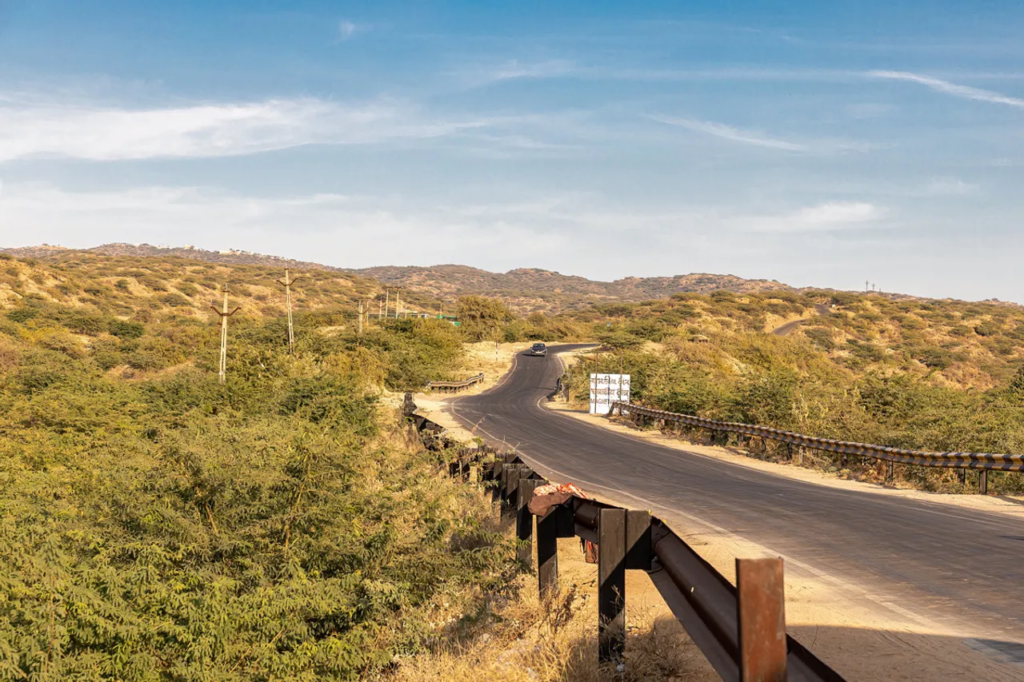
We left early in the morning, which was difficult due to the intense cold in the region. The first thing planned on our route was a visit to Kalo Dungar (translated to Black Hills). On the way to the hills, there’s a small patch of steep slope which is called the magnetic zone, where it is believed that vehicles catch too much speed due to some magnetic effect underground.
While locals attribute this to a magnetic phenomenon, research reveals that the steep slope, rather than any magnetic force, causes this effect. The Black hills are called so because, as per local history, it was a landmark earlier which people used to refer to during their travel, and from faraway the hills appear black. At Kalo Dungar, camel rides provide livelihoods for pastoralists, though they evoked a moral dilemma in me regarding whether I should not use them for my entertainment versus the livelihood the pastoralists earn from them. The summit offers mesmerizing vistas, making the trek worthwhile.
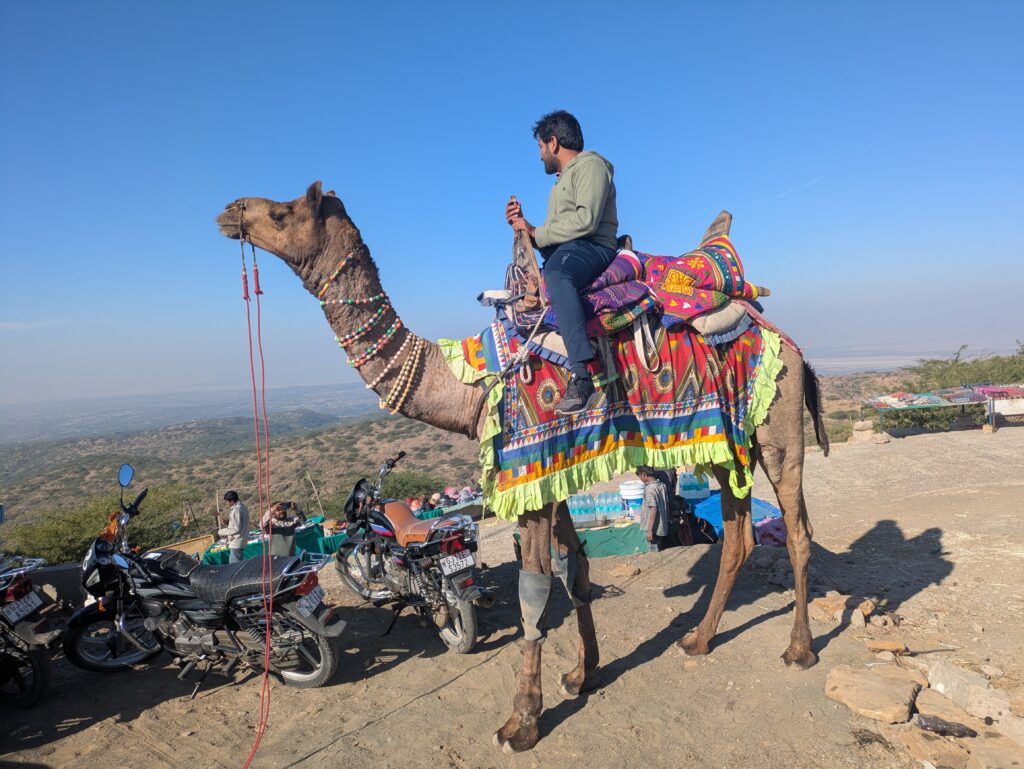
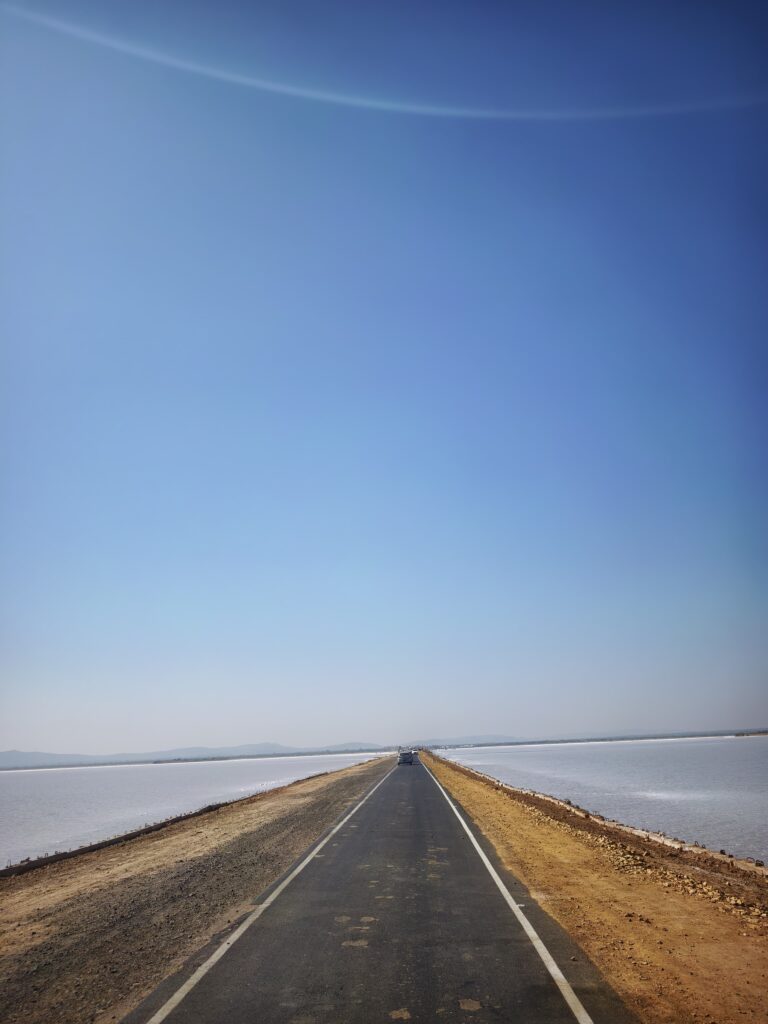
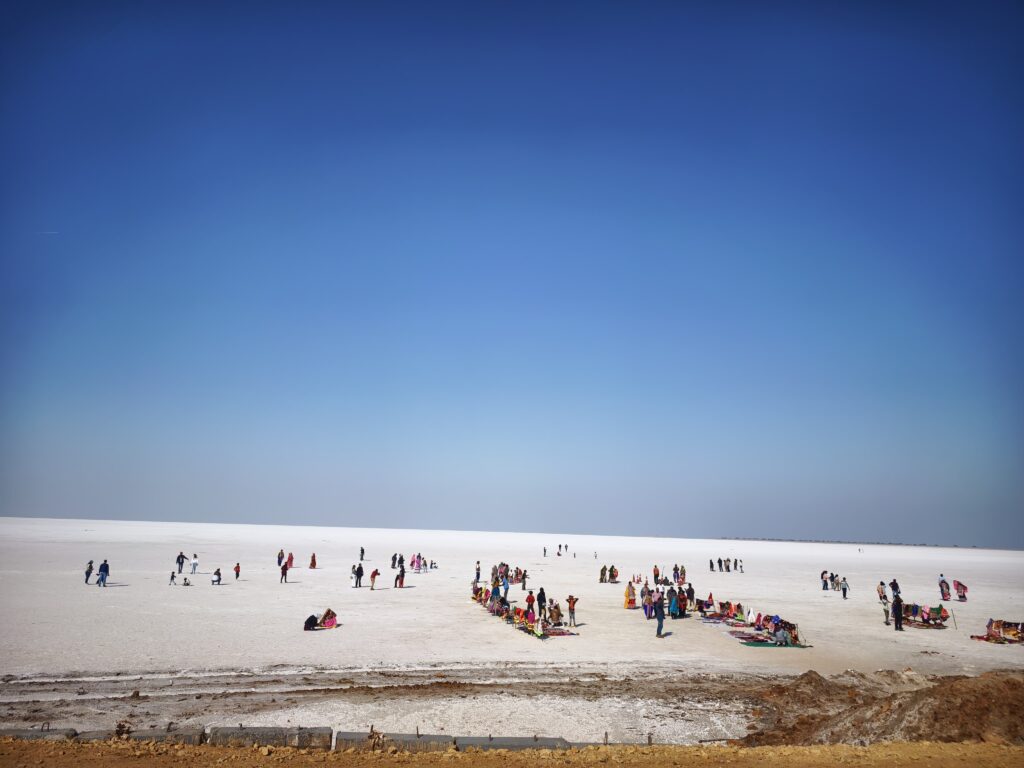
After the museum, we didn’t have enough time to have a look at the actual site and went ahead to the tent city to witness the Rann Utsav. Coincidently, on the same day the Chief Minister of Gujarat was visiting the place and many usual activities including adventure ones were closed, so we enjoyed the sunset view sitting on the salt desert.
A cultural program started a while later, which didn’t appeal much to me. We then visited the Sakhi Craft Bazaar and got some cute items for ourselves and to gift our loved ones. All our phone batteries were almost dying and we due to lack of proper charging facilities. The drinking water that I refilled from a water station was saline. Finally, it was time for us to leave, and we reached home after midnight with salt and tiredness on our legs but happiness inside us.
Traveler Tips
- Clothing: Carry layers to stay warm during cold desert nights
- Footwear: Comfortable shoes are a must for exploring the vast salt flats
- Essentials: Bring power banks and a reusable water bottle to stay hydrated
- Sustainable Practices: Opt for eco-friendly choices, like avoiding single-use plastics and supporting local businesses
For someone like me, who values sustainability and the environment, witnessing the steps taken to preserve this unique ecosystem was especially gratifying. My experiences running initiatives related to community involvement in sustainable practices resonated deeply as I explored the festival. Walking barefoot on the cool salt flats under a full moon reminded me of jogging in solitude back home, connecting with nature in its purest form.
Challenges And Reflections
Despite its beauty, the festival has room for improvement. Limited charging facilities, saline drinking water, and restricted activities during high-profile visits highlight logistical issues. However, the joy of experiencing this unique cultural and natural landscape outweighs these challenges.
Rann Utsav is more than a festival; it is a celebration of life, resilience, and tradition. The harmony between the vast white desert, the vibrant culture, and sustainable practices offers a profound message: progress and preservation can coexist. As we left the Rann with tired feet but hearts full of memories, it became clear that this magical land leaves an indelible mark on all who visit.
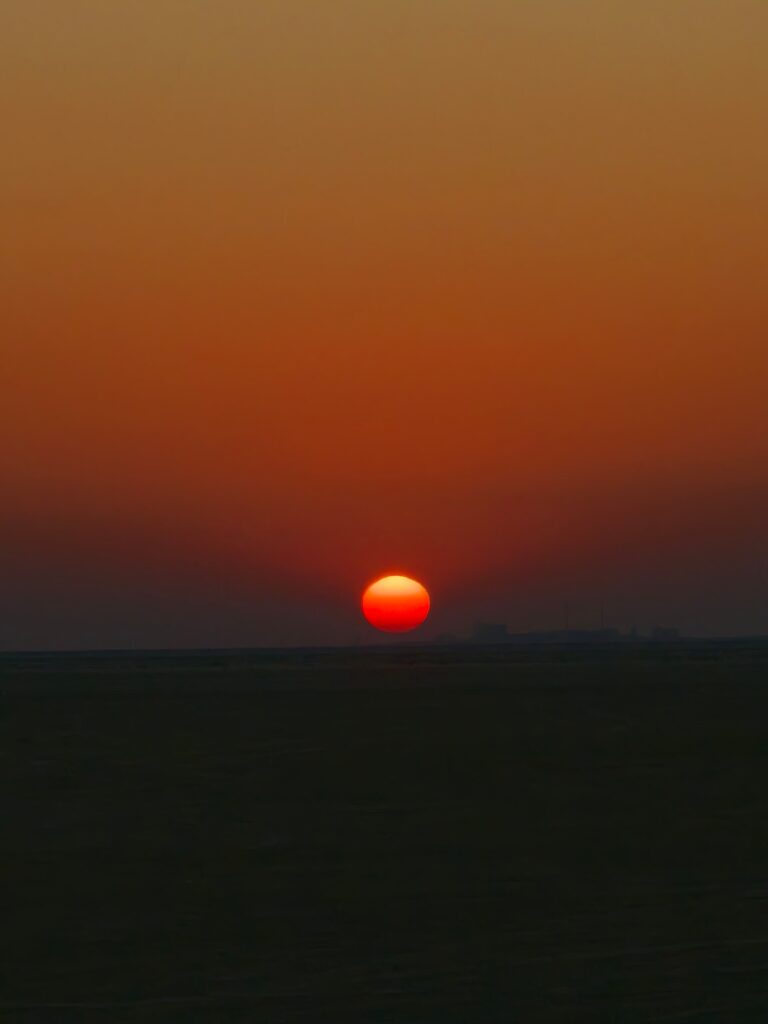
A special thanks to my colleague at Sahjeevan Mr. Aslam Palani for capturing the beautiful photos that accompany this blog post.

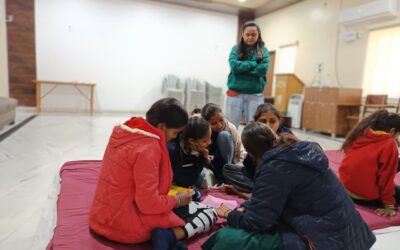


0 Comments